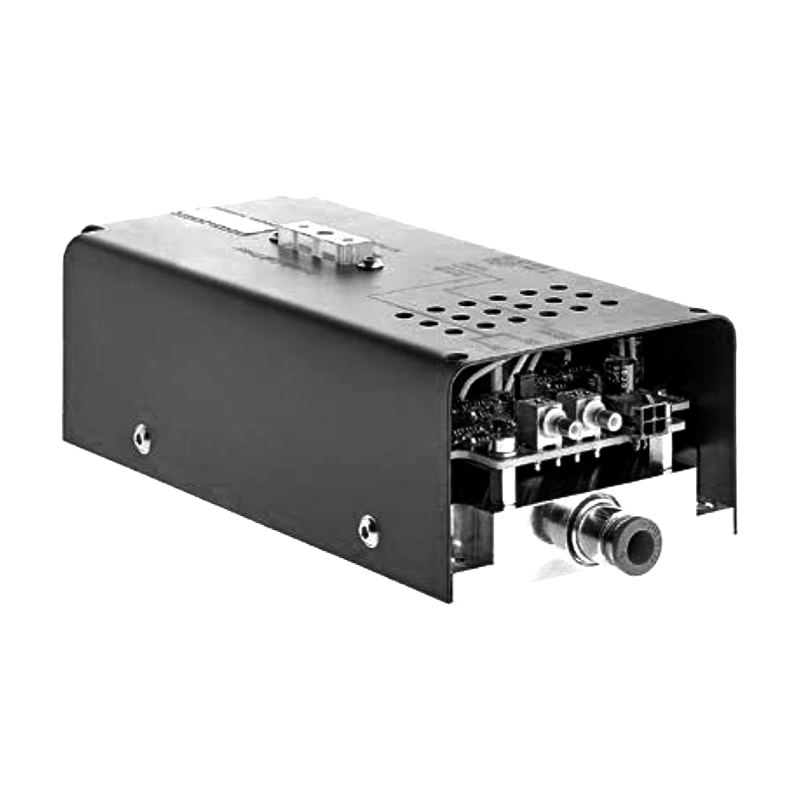Neutron Yield Stability of High-Voltage Power Supplies for Neutron Sources
In cutting-edge fields such as nuclear energy research, material analysis, and cancer radiotherapy, the stable operation of neutron sources is of utmost importance. As a core component, the high-voltage power supply for neutron sources directly determines the stability of neutron yield. The high-voltage power supply provides the electric field required for particle acceleration, driving nuclear reactions between particles and target materials to generate neutrons. Any fluctuations in output parameters will lead to changes in neutron yield, thereby affecting the accuracy of experimental results and the effectiveness of medical treatments.
The influence of high-voltage power supplies for neutron sources on the stability of neutron yield is mainly reflected in three aspects. Firstly, the stability of voltage output is a crucial factor. The output voltage of the high-voltage power supply directly determines the energy of particle acceleration. Even a slight fluctuation in voltage can cause deviations in the kinetic energy of particles when bombarding the target material, resulting in unstable intensity of nuclear reactions and ultimately fluctuations in neutron yield. For example, in neutron sources used for cancer radiotherapy, changes in neutron yield caused by voltage fluctuations may cause the radiation dose received by patients to deviate from the treatment plan, affecting treatment outcomes and posing potential risks.
Secondly, power supply ripple has a significant impact on the stability of neutron yield. Even if the average output voltage remains constant, the high-frequency voltage oscillations caused by power supply ripple will lead to periodic energy fluctuations during the particle acceleration process. This energy fluctuation increases the randomness of nuclear reactions, causing unpredictable changes in neutron yield and severely interfering with the collection and analysis of experimental data. In high-precision neutron scattering experiments, the instability of neutron yield caused by power supply ripple may distort the scattering signals and reduce the reliability of experimental results.
In addition, the dynamic response capability of high-voltage power supplies cannot be ignored. When there are load changes or external disturbances in the system, if the high-voltage power supply fails to quickly adjust its output parameters, transient fluctuations in neutron yield will occur. For example, during the operation of a neutron source, the impedance of the target material changes due to consumption in nuclear reactions, or voltage fluctuations in the power grid are caused by the startup and shutdown of surrounding equipment. In these situations, the high-voltage power supply needs to have excellent dynamic response capabilities to promptly compensate for the output voltage and maintain the stability of neutron yield.
To enhance the stability of neutron yield of high-voltage power supplies for neutron sources, multi-dimensional optimization strategies are required. In hardware design, high-precision voltage regulation modules and low-ripple filter circuits are employed to reduce voltage output fluctuations and ripple interference. The influence of environmental factors on power supply performance is minimized through enhanced heat dissipation design and electromagnetic shielding. In terms of control strategies, advanced closed-loop control algorithms are introduced, combined with real-time monitored voltage and current data, to achieve rapid and precise adjustment of output parameters. Meanwhile, prediction models are established to anticipate potential load changes and disturbances in advance, further improving the dynamic response capabilities of the power supply.
With the development of technology, the requirements for the stability of neutron yield of high-voltage power supplies for neutron sources will continue to increase. In the future, through the deep integration of hardware innovation and intelligent control technologies, it is expected to achieve a leapfrog improvement in the performance of high-voltage power supplies for neutron sources, providing more stable and reliable neutron source support for applications in various fields.




















